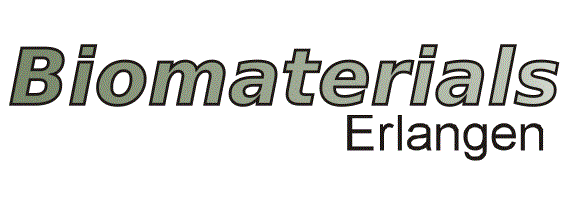Alicja Olszewska
Alicja Olszewska
Former visiting student (Warsaw University of Technology, Poland)
Copper-doped mesoporous bioactive glass nanoparticles: processing and characterisation
Supervisors: Zhiyan Xu, Prof. Aldo R. Boccaccini
Mesoporous bioactive glass nanoparticles (MBGNs) are increasingly explored biomaterials for bone regeneration and drug delivery systems. They are known for their ability to create a strong interfacial bond with bone. The incorporation of metal ions into the structure of bioactive glasses can lead to promoted biological functions [1]. In this project, we introduced copper ions, which have bactericidal activity and can influence bone metabolism [2]. The addition of Cu to biomaterials has been shown to stimulate healing in animal models and prevent the formation of biofilms. Due to biodegradability and biocompatibility, MBGNs are promising platforms for the delivery of Cu ions. However, this comes with challenges, such as particle aggregation. In this work, we will investigate how the Cu (and Ca) content affects the structure of MBGNs, by creating four types of MBGNs: 70 SiO2:30 CaO, 60 SiO2:40 CaO, 70 SiO2:15 CaO:15 CuO, and 70 SiO2:30 CuO.
[1] Hoppe, A., Güldal, N. S., and AR Boccaccini (2011), A review of the biological response to ionic dissolution products from bioactive glasses and glassceramics. Biomaterials 32, 2757–2774.
[2] Hoppe, A., Meszaros, R., Stähli, C., Romeis, S., Schmidt, J., Peukert, W., et al. (2013), In vitro reactivity of Cu doped 45S5 Bioglass derived scaffolds for bone tissue engineering. J. Mater. Chem. B 1, 5659–5674.

